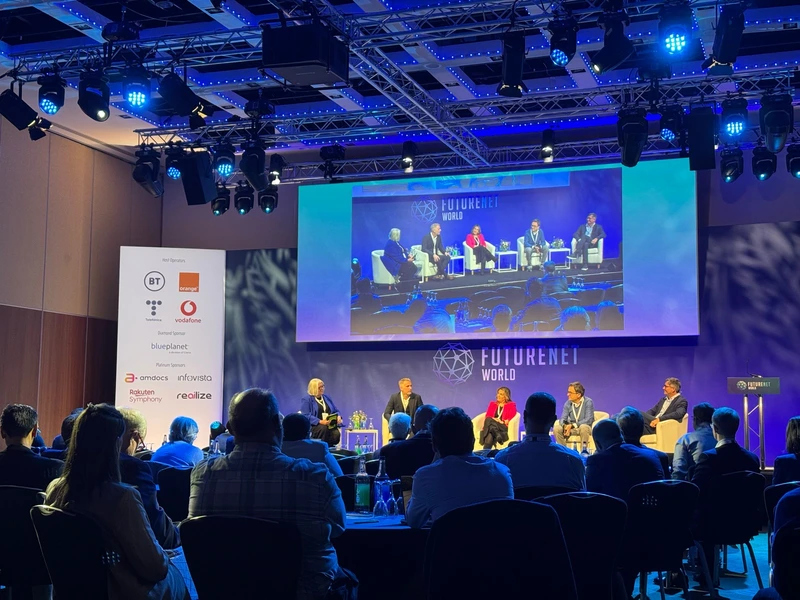- FutureNet World 2025 puts AI-driven automation and intelligent orchestration at the centre of the telecom transformation agenda.
- Sustainability, edge computing, cybersecurity and cross-industry collaboration emerge as key enablers for resilient digital infrastructure.
AI, 5G and ESG strategies take centre stage at FutureNet
The FutureNet Conference London brought together leaders in telecommunications, networking, and digital infrastructure to dissect the technologies reshaping global connectivity. The two-day event spotlighted core themes including AI-driven network automation, 5G deployment, cloud-native infrastructure, and sustainability strategies. Executives and strategists from companies like Vodafone, Orange, Broadcom, and COLT.net led deep dives into how AI and orchestration tools are already improving operational efficiency and customer satisfaction.
Talks also centred on 5G’s expanding use in enterprise sectors such as manufacturing and healthcare, and how edge computing is enabling faster, lower-latency networks. Sessions on cybersecurity emphasised zero-trust models and proactive threat detection, while panel discussions explored how telecoms can align with Environmental, Social, and Governance (ESG) goals. The remark that “connectivity is the most important utility until it’s lost” underscored the industry’s collective awareness of its central role in global infrastructure.
Also Read: FutureNet World 2025: Network automation & AI
Also Read: FutureNet Middle East & North Africa 2025 in Dubai: Spotlight telecom innovation
AI, collaboration and sustainability define the path forward for telecoms
The convergence of AI, 5G, and sustainability isn’t a future vision—it’s happening now. The FutureNet Conference made clear that telecom operators must adopt AI early to remain competitive. From intent-based networking to automated orchestration, the use cases presented showed measurable benefits in cost, energy, and service quality. Importantly, connectivity is increasingly underpinning essential services—from transport systems to emergency response—raising the stakes for network resilience and uptime.
The pressure to decarbonise is also real. With the sector responsible for up to 3% of global energy consumption, as noted in multiple sessions, telecoms must align technology upgrades with climate commitments. Collaboration emerged as a consistent theme: partnerships across hardware vendors, software providers, and cloud platforms are key to achieving scalable and secure infrastructures. FutureNet also acted as a networking hub, with meetings among professionals like Eduardo Perez (COLT.net) and Harriet Young (Vodafone) pointing toward potential innovations in network APIs and OSS platforms. This reinforces the industry’s shift toward open collaboration and agile innovation.

